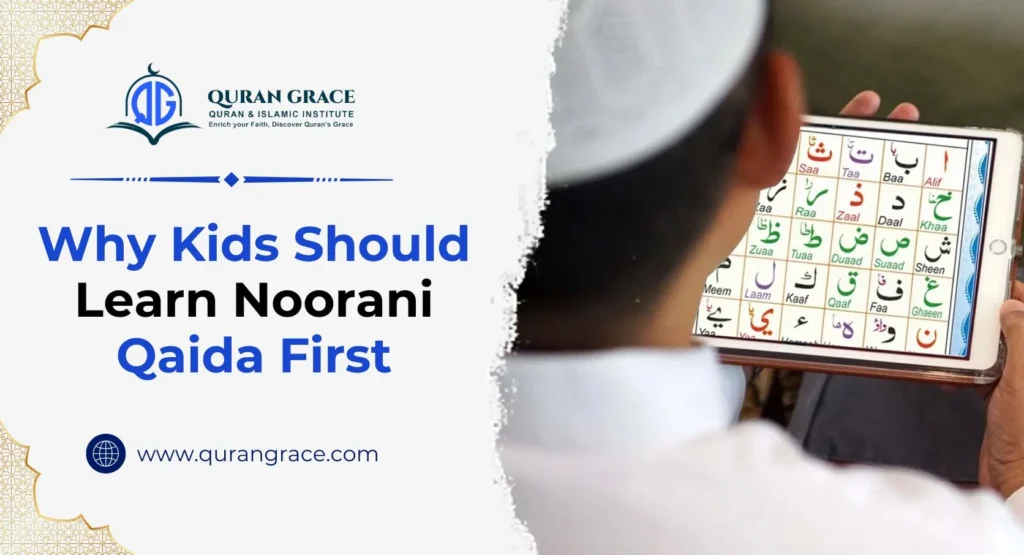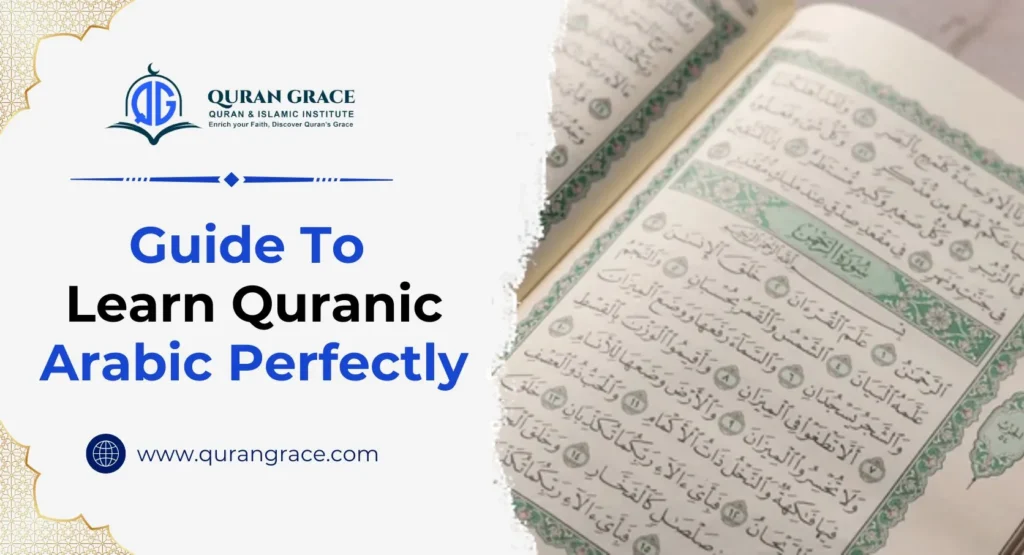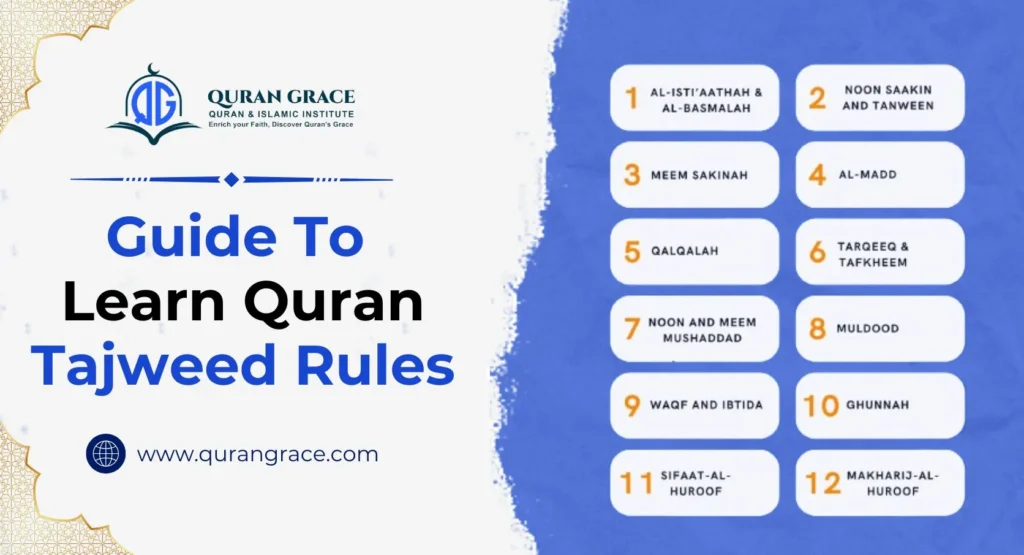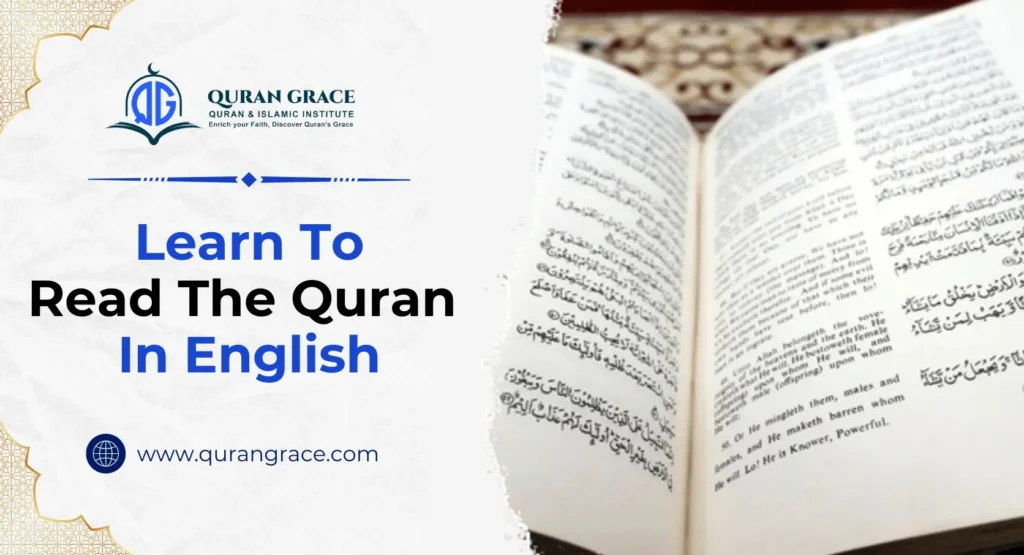Have you ever noticed that while reciting the Quran, certain letters carry a unique “bounce” or echo? This distinctive sound is known as Qalqalah, a Tajweed rule that is essential for proper pronunciation in Quranic recitation. Understanding Qalqalah is relatively simple, yet it can significantly enhance your accuracy while reciting the Quran, producing a jerky sound when these letters appear at the end of a word.
In this article, we will delve into the concept of Qalqalah, discussing its definition and the different types, and providing illustrative examples to help you grasp this important rule.
Table of Contents
ToggleWhat is Qalqalah (The “Echo” Letters)
Qalqalah (قلقلة) is an Arabic term that translates to “disturbance,” “agitation,” or “vibration.” In the context of Tajweed, it describes a particular sound quality produced when certain letters are articulated with a sukoon, which is a diacritical mark indicating that the letter is silent or held still. This results in a distinctive vibratory or echoing effect. When pronounced correctly, one should envision a gentle bounce or a soft release of sound following the letter, rather than an abrupt or harsh cessation of sound. Understanding Qalqalah is essential for proper pronunciation in Arabic recitation.
The 5 Qalqalah Letters
Five letters in the Arabic alphabet exhibit Qalqalah. They are:
- ق (Qaaf)
- ط (Taa)
- ب (Baa)
- ج (Jeem)
- د (Daal)
A popular mnemonic (memory aid) to remember these letters is the phrase: “قطب جد” (Qutb Jad). If you can remember this short phrase, you’ll instantly recall all five Qalqalah letters!
When Does Qalqalah Occur?
Qalqalah is a phonetic rule in Arabic that applies specifically to five letters when they possess a sukoon (ْ). There are two scenarios in which this can occur:
- Original Sukoon: This situation arises when a letter inherently has a sukoon within the word. For example, in the word أَجْرٌ (Ajr), the letter Jeem (ج) naturally features a sukoon.
- Acquired Sukoon (Waqf): This occurs when one pauses or stops at a word that ends with one of the Qalqalah letters, creating an acquired sukoon, even if the letter initially had a vowel. For instance, when pausing on the word مُحِيطٌ (Muheetun), the letter Taa (ط) will take on a sukoon, thereby allowing the application of Qalqalah.
Understanding these two conditions, it is suggested to join our online Tajweed classes to ensure an accurate understanding of each Tajweed rule.
Types of Qalqalah
While the basic principle is the same, there are two main types of Qalqalah, with a slight difference in their strength:
1. Qalqalah Sughra (صغرى – Minor Qalqalah):
This occurs when a Qalqalah letter with a sukoon is in the middle of a word.
The bounce is softer and less pronounced.
Examples:
- أَبْصَرَ (Absara) – The Baa (ب) has a minor Qalqalah.
- يَجْعَلُونَ (Yaj’aloona) – The Jeem (ج) has a minor Qalqalah.
- قَدْ أَفْلَحَ (Qad Aflaha) – The Daal (د) has a minor Qalqalah.
2. Qalqalah Kubra (كبرى – Major Qalqalah):
This occurs when a Qalqalah letter is at the end of a word and you are stopping on it (either because it inherently has a sukoon or you are acquiring one due to waqf).
The bounce is stronger and more emphasized.
Examples:
- قُلْ هُوَ اللَّهُ أَحَدٌ (Qul Huwallahu Ahad) – When stopping on “Ahad,” the Daal (د) will have a major Qalqalah.
- بَرِيجٌ (Barij) – When stopping on “Barij,” the Jeem (ج) will have a major Qalqalah.
- مُحِيطٌ (Muheet) – When stopping on “Muheet,” the Taa (ط) will have a major Qalqalah.
Another type of qalqalah discussed by scholars is a subtype known as Qalqalah Kubra. When a qalqalah letter appears at the end of a word with a shaddah (a stressed letter), the qalqalah will be pronounced with a strong echo or bounce.
An example of this can be found in Surah Al-Masad (Lahab):
- تَبَّتْ يَدَآ أَبِى لَهَبٍۢ وَتَبَّ
In this case, the last word, “wa-tabb, contains the letter ‘baa’ with a shaddah. When we apply qalqalah to it, we will notice a double bounce due to the shaddah.
How to Practice Qalqalah?
The best way to master Qalqalah is through practice and listening.
- Listen Closely: Take time to focus on recitations by skilled Quranic reciters. You’ll notice a distinctive bounce in the sounds of the Qalqalah letters.
- Identify the Letters: As you practice reading, actively search for the “Qutb Jad” letters that have a sukoon.
- Practice Slowly: Start with the individual letters, adding the Qalqalah bounce, then progress to words, and eventually to verses. Try saying “ab,” “aj,” “ad,” “aq,” and “at” with a gentle bounce.
- Seek guidance from a professional: If possible, find a qualified online Egyptian Quran teacher who can listen to your recitation and offer feedback. They can help correct any subtle mistakes and guide you in perfecting your Qalqalah technique.
Mistakes to be Avoided in Qalqalah
- Adding a Vowel: The Qalqalah is a bounce of the consonant, rather than the addition of an extra vowel sound (for example, it’s “ab,” not “aba”). It involves a release of sound, not the creation of a new syllable.
- Too Strong or Too Weak: Achieving the right balance for the bounce requires practice. A bounce that is too strong can sound exaggerated, while one that is too weak defeats the purpose.
- Applying it to Non-Qalqalah Letters: Keep in mind that the Qalqalah rules only apply to the five letters of “Qutb Jad.”
Conclusion
Qalqalah is a beautiful and essential aspect of Tajweed that enhances the depth and clarity of Quranic recitation. You can learn this Tajweed rule through our online quran recitation classes at Quran Grace. We offer a free evaluation class for beginners. Join us today to begin your wonderful journey into Tajweed!








